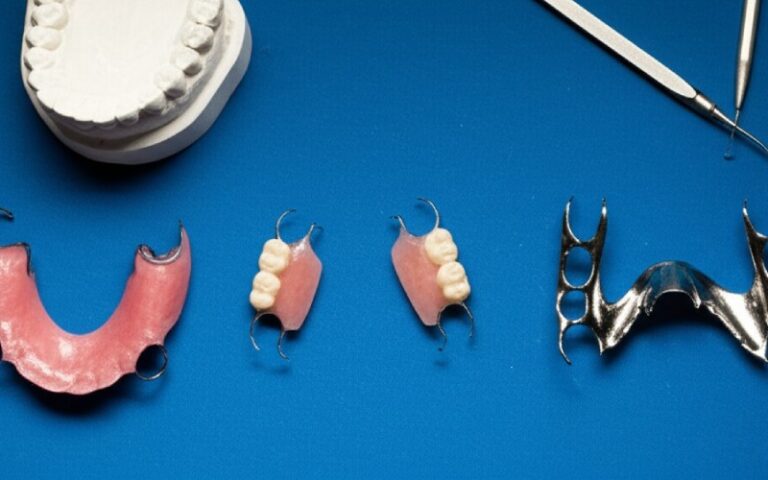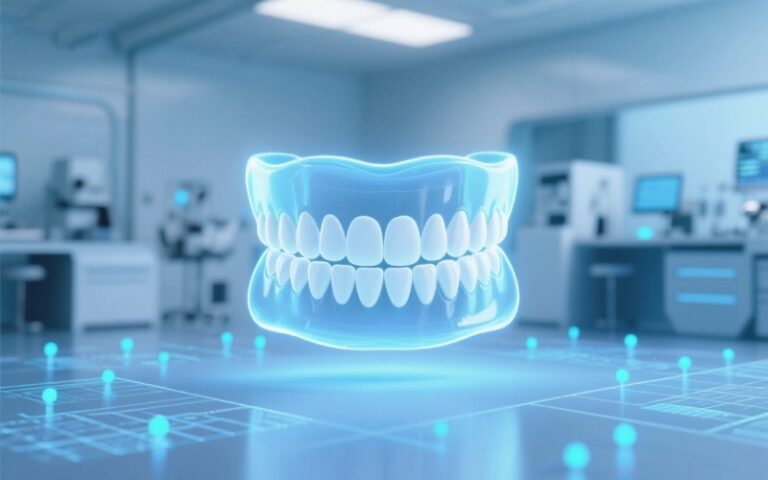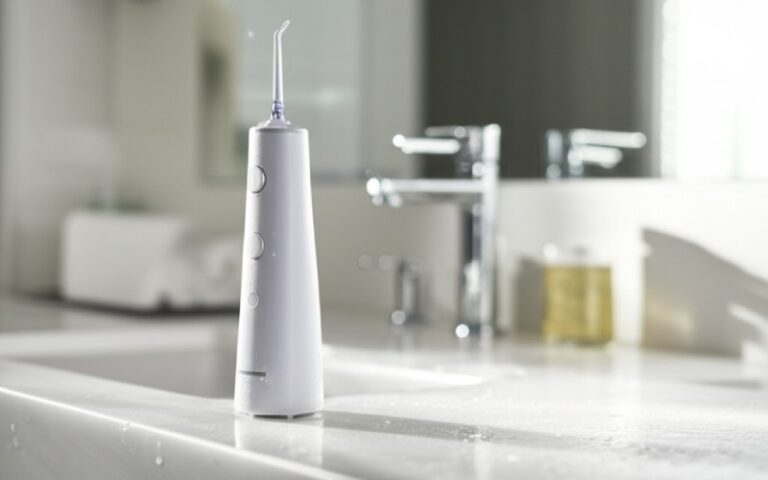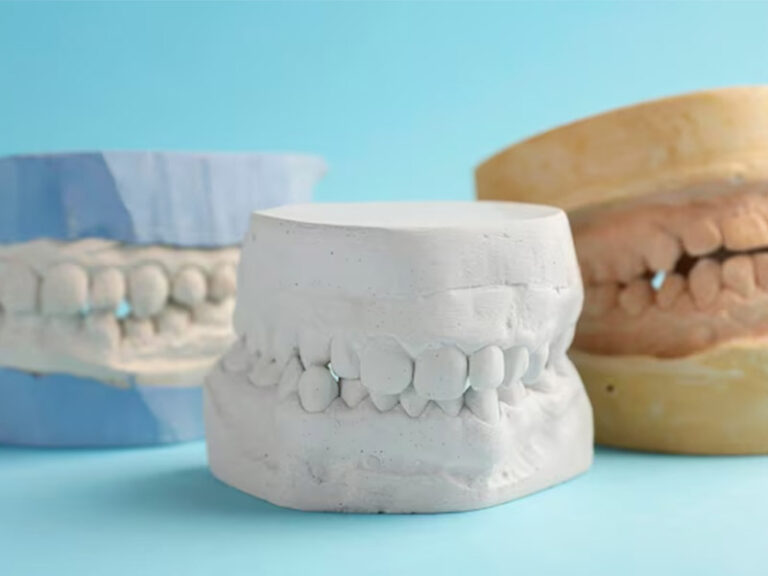
Dental Plaque and Tartar: What’s That Hard Stuff on Your Teeth?
Tartar is also called dental calculus. It sounded serious! It turns out, it can be. That hard, crusty stuff on your tooth is more than just a stain. It’s a real problem for your oral health.
In this article, we will talk about what it is, how it gets there, and most importantly, how to get rid of it. If you want to protect your teeth and gums and keep your smile bright, this is for you. We will make this simple and easy to understand.
Table des matières
What Is This Dental Plaque on My Teeth?
Have you ever run your tongue over your tooth and felt a fuzzy, sticky film? That is dental plaque. It is more than just leftover food. It is a sticky film full of bacteria. These bacteria live in your mouth and feed on the sugars you eat and drink. This is the root cause of many dental problems.
This film, called dental plaque, covers the surfaces of teeth. It can also hide between your teeth and under your gum line. The bacteria that cause plaque are always in your mouth. That is why you have to remove plaque regularly. If you don’t get rid of plaque, it can cause problems for each tooth. Your daily dental care routine is your first line of defense against this plaque buildup.
How Does Plaque Turn into Dental Tartar?
This is where things get interesting. When that sticky dental plaque stays on your tooth for too long, it changes. The minerals in your saliva mix with the plaque. Over time, this mixture hardens. When plaque hardens, it becomes dental tartar. This is also called dental calculus. Think of it like soft sand turning into hard rock.
Once plaque has hardened into tartar, you can’t just brush it away. It’s a tough, crusty deposit. The tartar that forms on your teeth gives bacteria a new, stickier surface to grow on. This can speed up the formation of even more plaque and tartar. This cycle is bad for your teeth and gums. The tartar buildup begins when plaque is not removed.
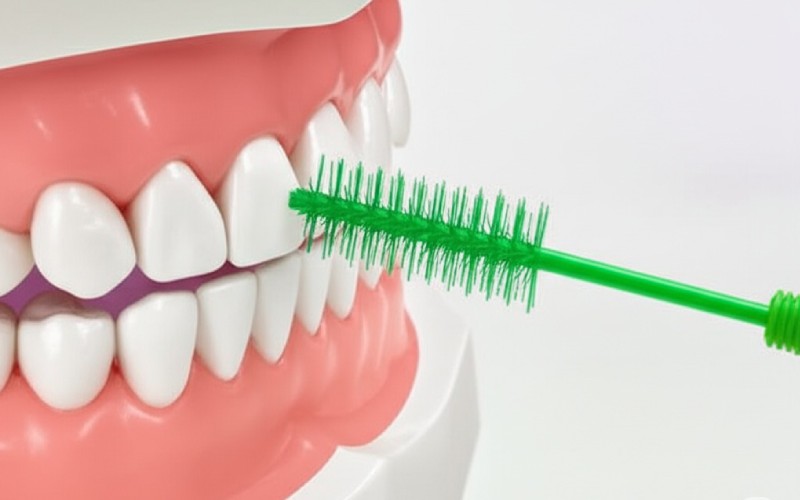
What Really Causes Tartar Buildup?
The main cause of tartar is simple: not removing dental plaque well enough. When plaque on your teeth is missed during brushing and flossing, it gets a chance to harden. Certain things can make you more likely to have a tartar buildup. For example, if you eat a lot of sugary or starchy foods, you are feeding the bacteria that cause plaque.
Your own body chemistry can also play a part. Some people just have saliva that helps tartar form faster. This means they have a higher risk of developing tartar. Not having a good dental care routine is the biggest factor. This is why a good oral hygiene routine is so important. The causes of tartar begin with plaque. This is why we must remove plaque.
Can I See the Tartar Buildup on My Teeth?
Yes, you often can see it. Tartar that forms above your gum line is usually a yellow or brown color. You might notice a hard, yellowish line near your gum. That is a clear sign of tartar buildup. You might see it between your lower front teeth or on the outside of your upper molars. These are common spots.
To see it better, you can try using plaque disclosing tablets, which you can buy at a drugstore. These tablets will stain the plaque on your tooth, making it easy to see where you need to brush better. However, some tartar buildup happens below the gum line. You can’t see this kind, but your dentist can find it. These are signs of tartar buildup that a dental professional looks for.
Why Is Black Tartar on Teeth a Concern?
Sometimes, you might see black tartar on teeth. This can be very alarming. Black tartar is often tartar that has been stained. This can happen from things like smoking or drinking a lot of dark coffee or tea. It can also happen if there is some bleeding from the gum.
Black tartar is not just a color issue. It is a sign that the tartar buildup has been there for a long time. It is a very hard deposit on the tooth enamel and must be removed. It can be a sign of more serious gum problems. If you see black tartar on your teeth, it’s a very clear signal that you need to see a dentist right away to treat tartar.
Can I Remove Tartar From My Teeth at Home?
The simple answer is no. You cannot remove tartar at home safely. There are some kits online that claim to remove tartar, but I recommend never use them. Remember, tartar is a hardened deposit. It is bonded strongly to your tooth. Trying to scrape it off yourself can scratch your tooth enamel. It can also hurt your sensitive gum tissue.
Once plaque has turned into tartar, it must be removed by a dental professional. Your toothbrush and dental floss cannot remove tartar. Don’t try to use sharp objects on your teeth. You will likely do more harm than good. The only safe and effective way to remove tartar from your teeth is to have a professional dental cleaning.
How Does a Dentist Remove Tartar?
A dentist or dental hygienist has special tools to safely and effectively remove tartar. They use tools called scalers. These can be hand tools or an ultrasonic tool that uses vibrations to break up the tartar.
The process is called scaling. The dental hygienist will carefully scrape the tartar buildup from each tooth. They clean above and just below the gum line. It usually doesn’t hurt, but you might feel some scraping and pressure. After scaling, they often polish your teeth. This makes the tooth surfaces smooth. A smooth tooth is harder for plaque to stick to. This is how you remove dental tartar. It is a key part of regular dental care.
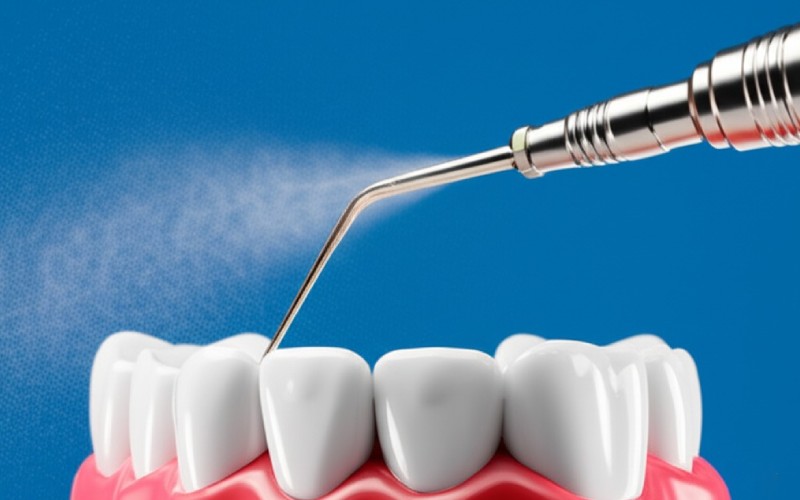
What is the Best Way to Prevent Tartar?
Prevention is always better than treatment. The best way to prevent tartar is to stop it before it starts. This means you have to be great at removing dental plaque every single day. Good oral hygiene is the key. It’s a simple habit that protects your whole mouth.
Here are the most important steps to prevent tartar. First, brush your teeth at least twice a day. The American Dental Association recommends brushing for two minutes each time. Make sure you brush every surface of every tooth. Second, you must floss once a day. Flossing helps remove plaque between your teeth and under the gum, where your brush can’t reach. Using an antiseptic mouthwash can also help kill the bacteria that cause plaque and tartar. Good oral hygiene practices will help prevent tartar buildup.
How Does Tartar Affect My Teeth and Gums?
Tartar buildup is not good for your oral health. The bacteria in tartar can irritate your gum tissue. This can cause your gum to become red, swollen, and bleed easily. This is an early stage of gum disease, called gingivitis. This is a serious warning sign from your dental hygienist.
If left alone, the tartar buildup can cause more serious gum disease. The gum can pull away from the tooth, creating pockets. These pockets can get infected. This more advanced gum disease can damage the bone that supports your tooth. Tartar can lead to tooth decay and even tooth loss. Tartar that forms on your teeth and lead to gum problems is a serious dental issue. It can also cause persistent bad breath. Tartar can break your dental health.
When Should I See a Dentist About Plaque and Tartar Buildup?
You should have a dental cleaning every six months. This is what most dental professionals recommend. During this visit, your dentist will check for any problems, and the dental hygienist will remove any plaque and tartar buildup that has formed. This regular dental visit is your best tool to keep tartar under control.
If you notice signs of tartar on your teeth, like a yellow or brown hard layer, don’t wait. Make an appointment with your dentist. If your gum feels sore or bleeds when you brush, you should also see a dentist. They can diagnose the problem and help you treat tartar. Don’t be shy to ask your dentist questions. It’s the best way to protect your healthy teeth and gums. To prevent plaque and tartar buildup, a visit your dentist is key.
Ce qu'il faut retenir
- Plaque is a sticky film of bacteria that forms on your teeth.
- Tartar, or dental calculus, is hardened dental plaque that must be removed by a dental professional.
- You cannot remove tartar at home. You need a professional dental cleaning.
- The best way to fight tartar is with good oral hygiene, including brushing twice a day and flossing daily.
- Tartar buildup can lead to serious problems like gum disease and tooth decay.
- See your dentist for a regular dental cleaning to remove tartar and check the health of your teeth and gums.

